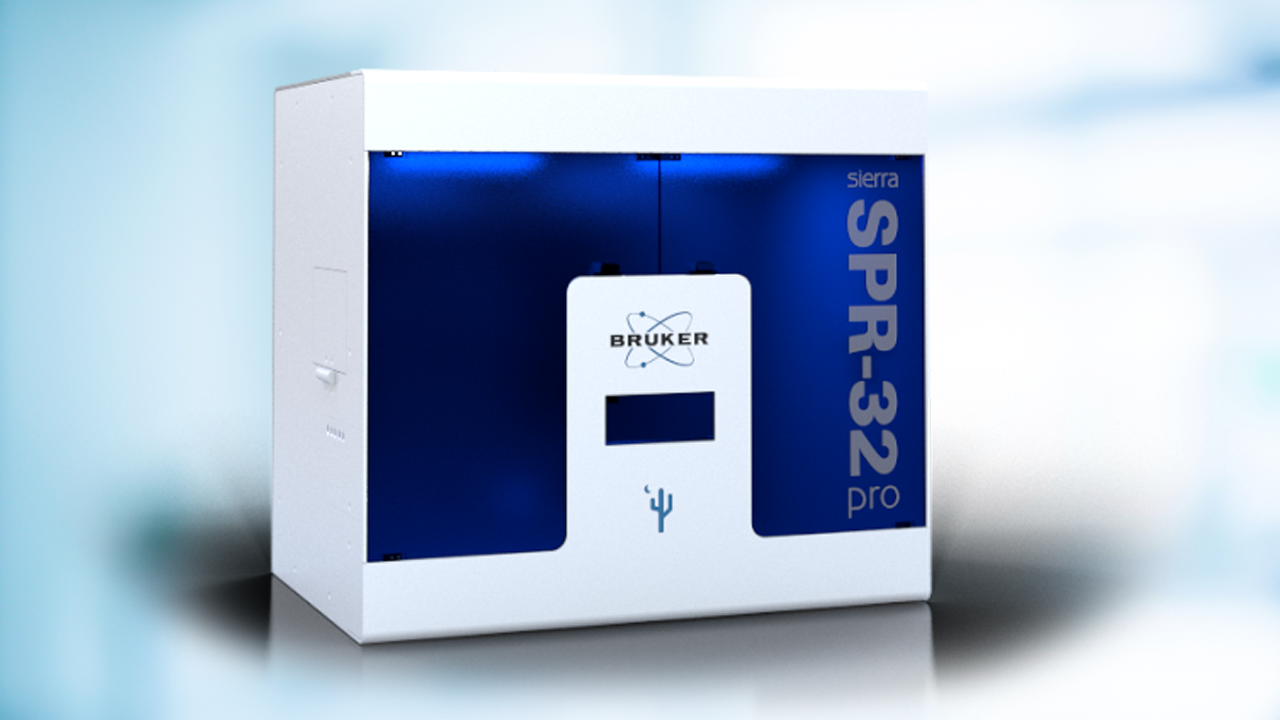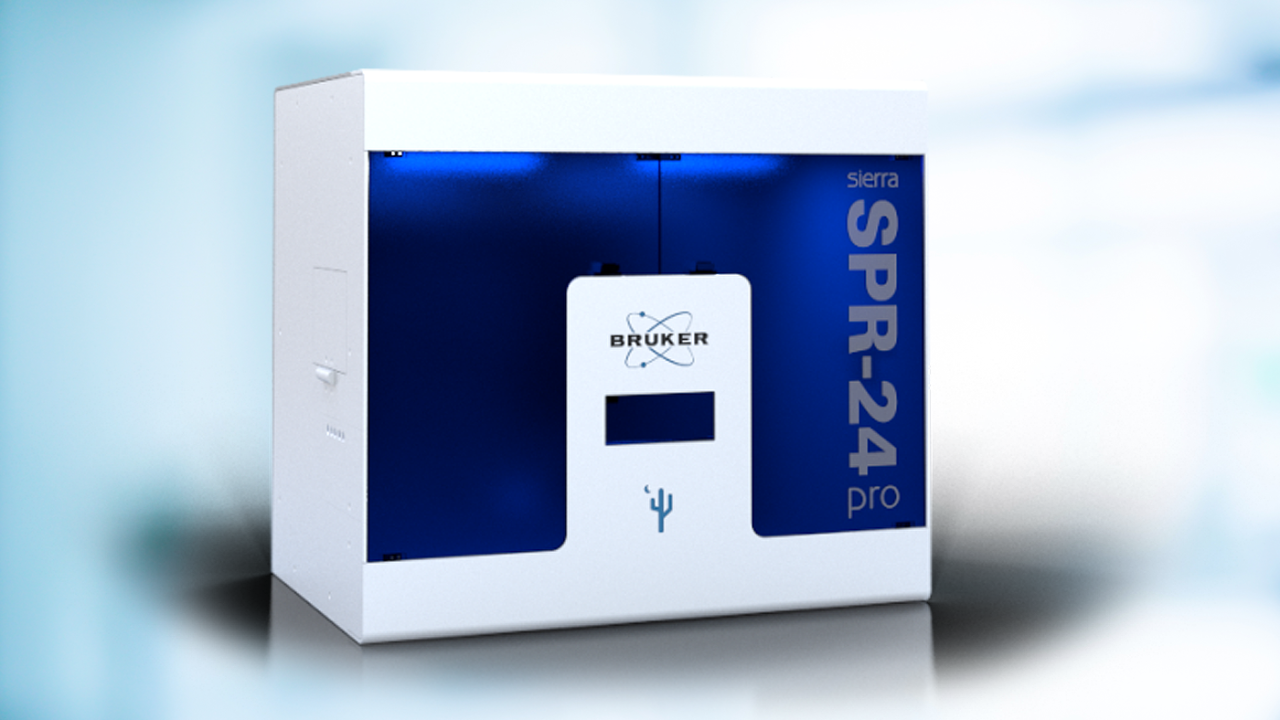

Surface Plasmon Resonance for high-throughput analysis
High performance, high-throughput detection of molecular interactions
Surface plasmon resonance (SPR) is an optical-based, label-free detection technology for real-time monitoring of binding interactions between two or more molecules. The throughput, flexibility and sensitivity of the SPR platform gives researchers the potential to characterize biomolecular interactions in any binding study. A wide range of molecules can be studied, from ions, fragments and small molecules to proteins and viruses. SPR technology provides biophysical data such as affinity, kinetics and thermodynamics.
SPR-based analytical biosensors are powerful tools in the characterization of molecular interactions. The combination of three elements – the detector, the sensor surface and the sample delivery system – are critical to the performance of the experiment.
Real-time label-free optical detection
Binding interactions between a molecule on the sensor surface (ligand) and its binding partner(s) in solution (analyte) are monitored in real-time by SPR.
SPR uses a type of total internal reflection and causes a reduction in the light intensity reflected at a specific angle from the glass side of the sensor surface. As molecules bind, the refractive index close to the surface changes causing a shift in the angle of minimum reflected intensity. The change in angle is proportional to the mass of bound material. The typical output is a sensorgram, which monitors the change in angle as a function of time.
SPR+ Detection
The Sierra SPR®-24/32 Pro employs the Surface Plasmon Resonance imaging detection called SPR+. SPR+ enables the imaging of 2-dimensional arrays with a level of detection sensitivity normally restricted to linear arrays. SPR+ derives its high sensitivity by combining traditional SPR imaging with high intensity laser light and high speed optical scanning. The intensity of the light source permits the use of high-speed cameras, which in turn permit more resonance measurements per scan. The net result is lower RMS noise and improved accuracy when measuring small response changes.
User-friendly sensors reduce assay variability
The sensors used in the Sierra SPR systems are gold-plated prisms mounted on easy-to-handle cartridges. The design makes installation straightforward and eliminates user-related assay variation. The gold surface, which is required for SPR, can be coated with a self-assembled monolayer to block nonspecific binding of proteins and to facilitate the attachment of molecules to the surface. The increasing variety of surface linkage chemistries broadens the utility of analytical biosensors for a wide range of applications.
Novel continuous flow microfluidics
Sample delivery to the sensor surface via a continuous flow microfluidic device yields the most accurate binding measurements. For reproducible sample delivery, the Sierra SPR®-24/32 Pro system utilizes proprietary Hydrodynamic Isolation (HI) technology. HI is a method for presenting small, yet highly discrete fluid volumes, to isolated locations on a two-dimensional surface contained within a flow cell under laminar flow. Location-specific fluid addressing within the flow cell is facilitated by combining components of hydrodynamic focusing with site-specific evacuation. The process does not require the use of physical barriers within the flow cell or mechanical valves to control the paths of fluid movement, thereby permitting high-throughput multiplexing or the construction of two-dimensional arrays with individually addressable detection spots.
Applications of Surface Plasmon Resonance
The Sierra SPR Pro-Series is a high performance, high-throughput analytical biosensor for real-time, label-free characterization of molecular interactions across a wide range of applications.
Investigation of condition-dependent binding using frame inject
The traditional investigation of condition-dependent binding demands high reagent costs as well as lengthy run time. Frame inject delivers cost and time savings at low sample consumption.
How to influence ligand density using amine coupling
Finding the ideal immobilization level to obtain optimal kinetic measurements is critical. Here we examine the influencing parameters on different example targets.
Screening and characterization of small molecule binding to protein targets
Real-time, label-free (RT-LF) analysis by SPR detection is a powerful tool for the biophysical characterization of small molecule drugs and drug candidates.
Screening and characterization of biotherapeutics
Real-time, label-free (RT-LF) analysis by SPR detection is a powerful tool for the biophysical characterization of protein therapeutics.
Tackling Challenging Targets with High-Throughput Biophysical Screening at Novartis
Learn in this note how multiplexing, automation and automated data analysis with Genedata Screener take SPR to the next level in this real-life example.
Literature Room Surface Plasmon Resonance
For Research Use Only. Not for use in clinical diagnostic procedures.


